Dogs and cats are becoming more and more similar to each other, which negatively affects their health
Published: 2025. 05. 19 - Photos: Getty Images Hungary; welovedogz.hu • 3 minutes reading

Published: 2025. 05. 19 - Photos: Getty Images Hungary; welovedogz.hu • 3 minutes reading
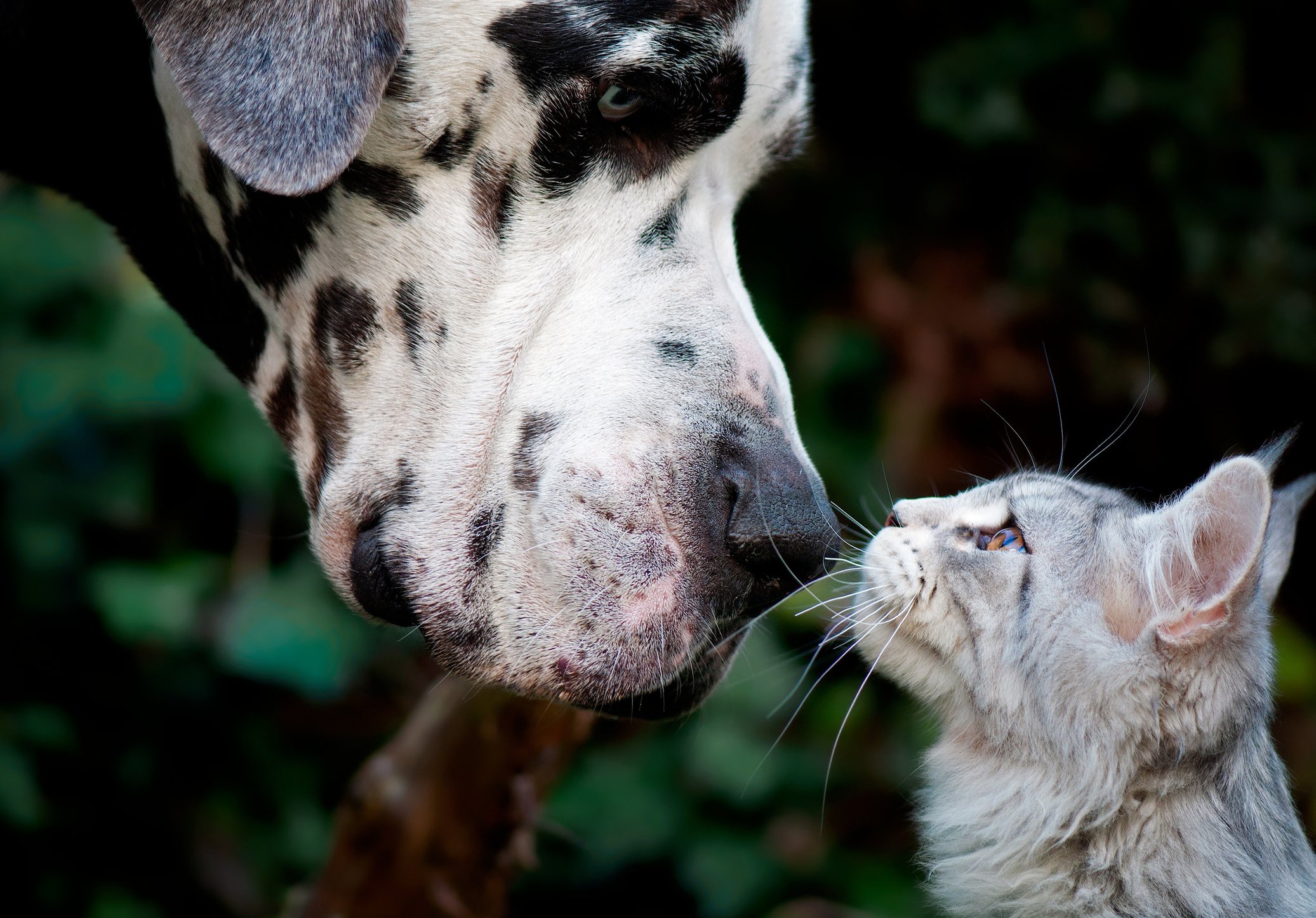
At first glance, it may seem that Persian cats and Pugs don’t have much in common – one is a cat, the other a dog, and 50 million years of evolution separate them. But when evolutionary biologist Abby Grace Drake and her colleagues examined the skulls of 1,810 cats, dogs, and their wild relatives, they made a strange discovery.
The key to the mystery is that many domesticated breeds have surprisingly similar skull shapes. In evolutionary biology, divergence is a common process. Simply put, it means that two creatures from a common ancestor become more different over time, while convergence means becoming similar to each other. When animal populations split and adapt to different environments, they gradually develop new traits – this process is called divergent evolution.
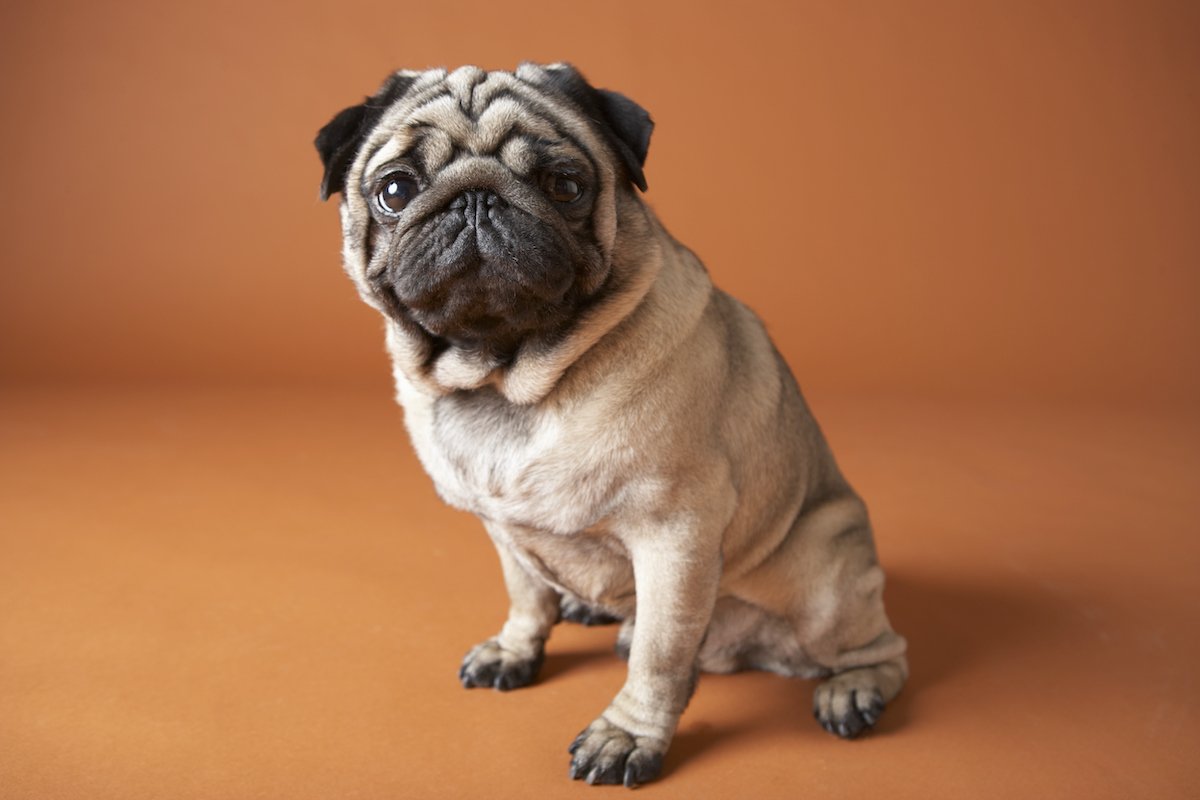 Individuals from different ancestors can also be similar
Individuals from different ancestors can also be similar
In the case of domesticated cats and dogs, it seems that intentional or unintentional human selection has resulted in convergence, that is, different species with similar traits. Despite being evolutionarily far from each other, flat-faced breeds like the Persian cat and the Pug still have similar skull structures.
Drake and her team analysed scanned, 3D skulls from museum, veterinary university collections and digital archives. The study included cat breeds such as the Siamese, Maine Coon or Persian, and more than 100 dog breeds, from the short-nosed pug to the longer-nosed border collie. The results pointed out that domestication not only increased the diversity of skull shapes compared to wolves and wildcats, but in the case of certain breeds also led to similarities: the skulls became either flatter or longer.
While wild canids (wolves, foxes, jackals, etc.) have elongated skulls, wildcats (lions, tigers, servals, etc.) are more varied. However, domesticated breeds are more extreme – for example, there are cat breeds that have been shaped into flat-nosed, that is, bulldog-like forms.
 Persian cat
Persian cat
Selective breeding has unfortunately more or less exaggerated various traits, sometimes beyond what the animals’ bodies can naturally bear. People are especially attracted to flat-faced animals, because these facial features – like the round head, small nose, large eyes – all reflect the traits of infants. These kinds of features trigger ancient, instinctive caring reactions in us. Since infants are extremely vulnerable, we are evolutionarily sensitive to “cute” features, which are called social releasers, and which encourage caregiving. Domesticated animals have therefore practically “hacked” these ancient care mechanisms.
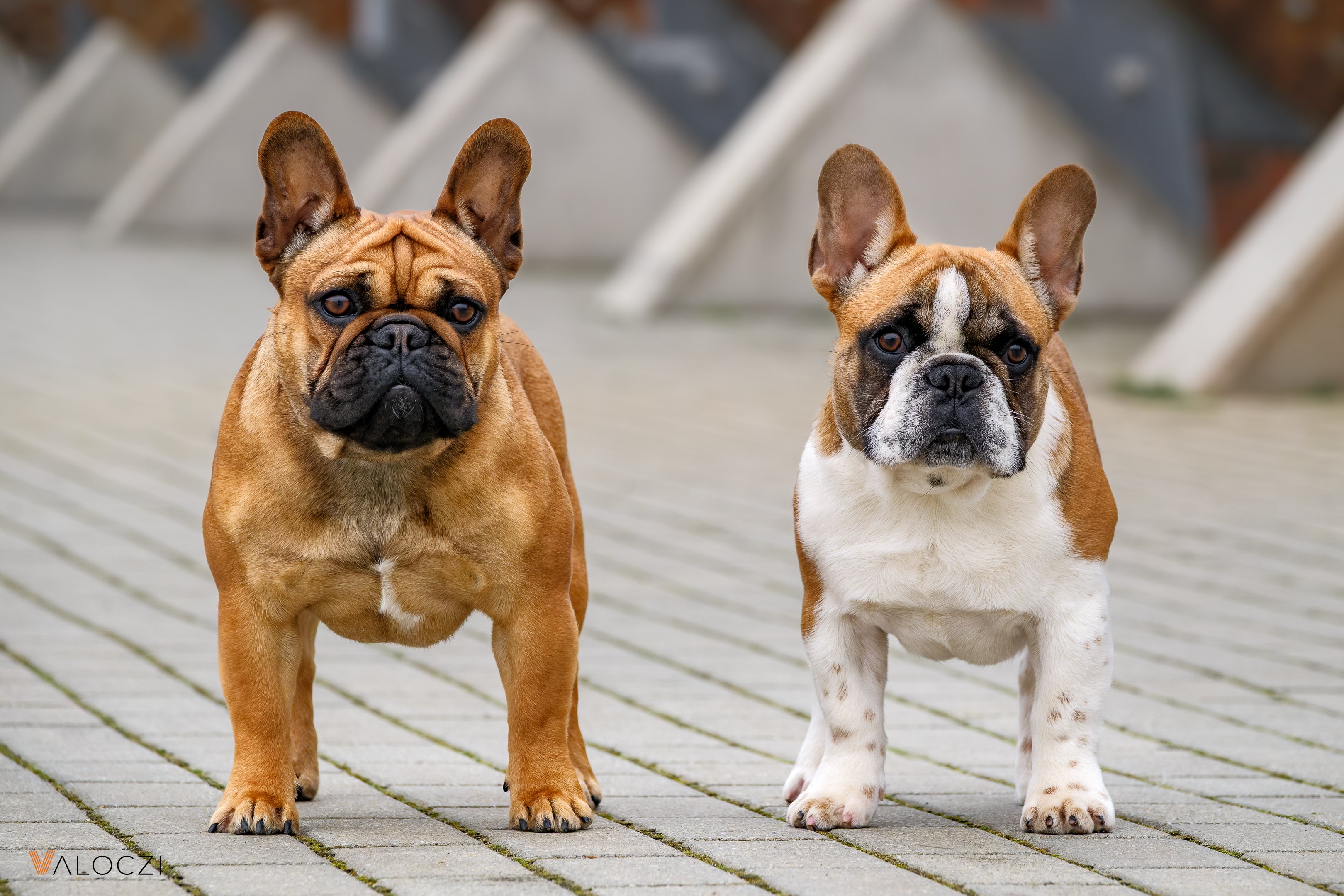 We are evolutionarily sensitive to features that reflect infants / Photo: welovedogz.hu
We are evolutionarily sensitive to features that reflect infants / Photo: welovedogz.hu
Although these traits may be advantageous in triggering caregiving, they can involve serious health problems. Due to selective breeding, many cat and dog breeds have developed breathing difficulties, nervous system problems and birth complications. According to the British government’s Animal Welfare Committee, animals that carry serious, inherited diseases should not be bred further, and stricter regulation would be needed among breeders.
When we choose pets that resemble baby faces, we often, even unintentionally, favour traits that harm the animals. Understanding the forces behind interspecies similarity can remind us how powerful and sometimes dangerous a role we play in shaping nature.
Follow us!
facebook instagram youtube spotifyRelated articles
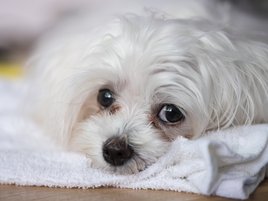
Dogs Can Rust: An Important Signal For Owners
Health • 4 minutes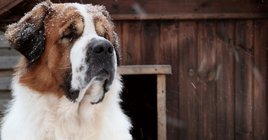
How to keep your dog safe outdoors during the cold winter
Care • 5 minutes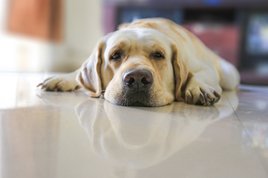
Is your dog's paw slipping too often on the floor? Here's what you can do to help
Care • 3 minutes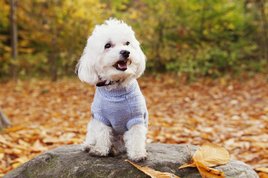
As the temperature drops, your dog's skin becomes more sensitive: how to care for it properly
Care • 3 minutes